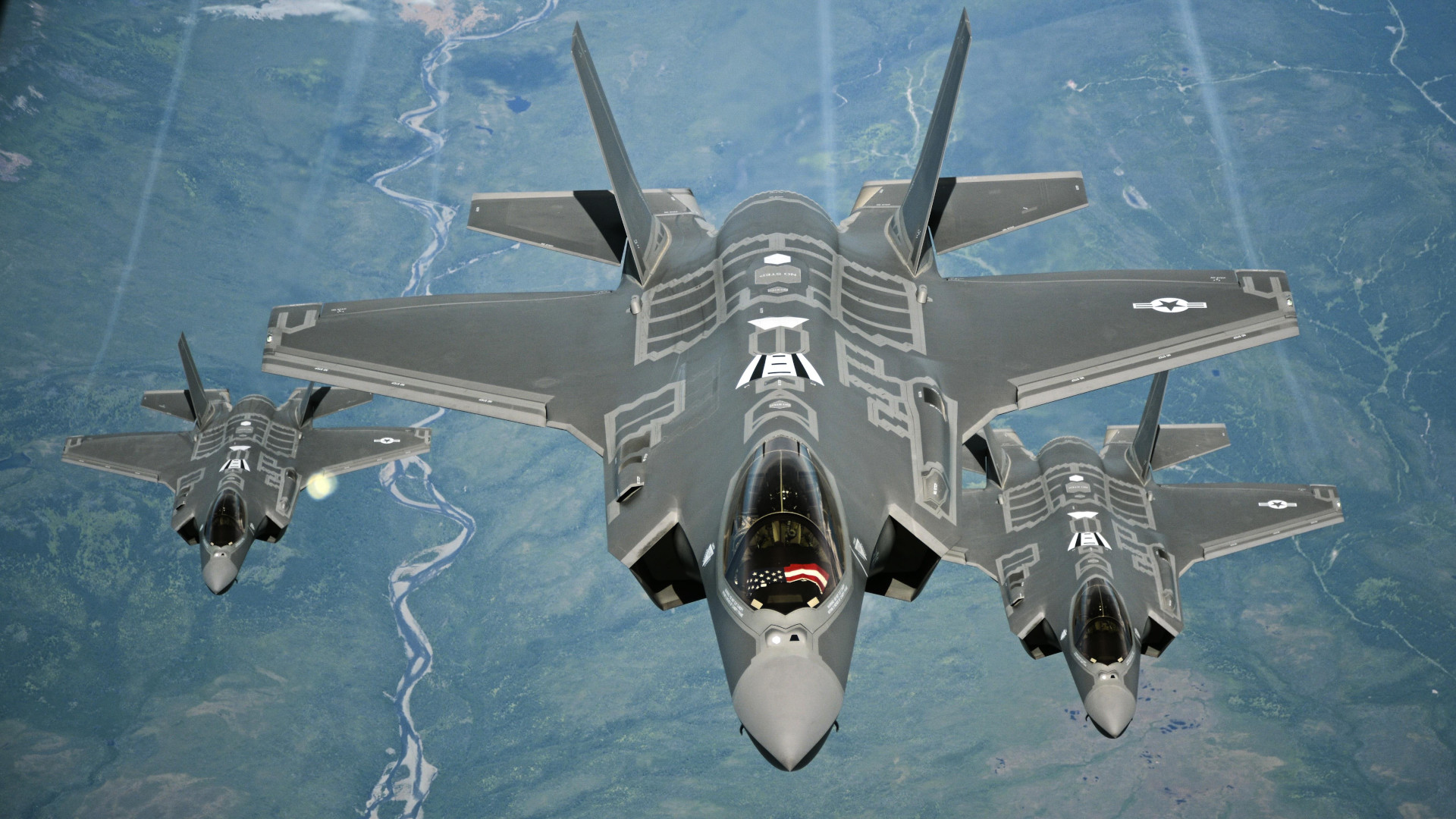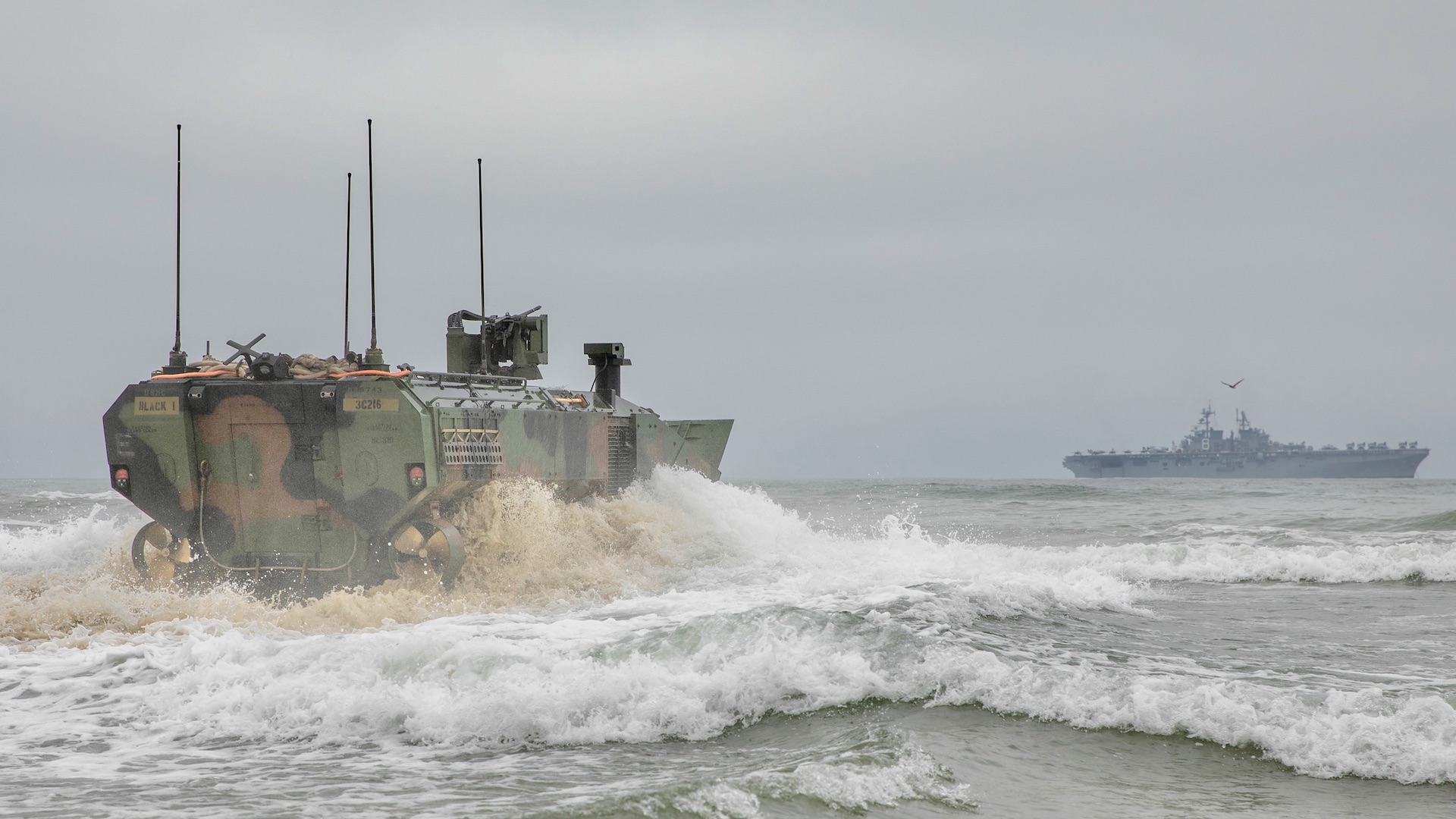Beijingwalker
Elite Member
- Nov 4, 2011
- 74,393
- 103,398
- Country of Origin

- Country of Residence

US air moves in Japan more head fake than power punch
US plans $10 billion of upgrades for fighters in Japan, hardly enough to match China’s fast-growing and more modern fleetBy GABRIEL HONRADA
JULY 5, 2024
The US has unveiled a US$10 billion strategy to upgrade military aircraft in Japan, a bid to bolster its defense posture amid rising tensions with China over Taiwan. However, aging aircraft, production problems and China’s fast-growing air force may mean the plan is too little, too late to significantly shift the region’s balance of air power.
This month, Breaking Defense reported that the US has unveiled a comprehensive modernization strategy for military aircraft stationed in Japan, the latest move to bolster the US-Japan defense alliance.
Breaking Defense says the plan, first announced in November 2023, involves replacing older F-15s and F-16s with advanced F-15EX and F-35 jets and modifying US Marine Corps (USMC) F-35B deployments. The report notes that this strategic shift sets to enhance deterrence and promote peace and stability in a region where tensions over Taiwan’s future persist.
The key to the modernization drive is Kadena Air Base in Okinawa, dubbed the “Keystone of the Pacific,” which will see its 48 F-15s substituted by 36 F-15EXs. The base’s proximity to Taiwan underscores its strategic significance to both US military interests and Japan’s national defense.
The Breaking Defense report says that the transition process will include continued rotations of fourth- and fifth-generation fighters, a temporary measure previously criticized by US Republican lawmakers.
Additionally, the Misawa Air Base in northern Honshu will undergo an upgrade from 36 F-16s to 48 F-35As. The USMC Air Station Iwakuni in southern Honshu, meanwhile, will adjust its F-35B stealth fighter presence to align with the USMC’s force design modernization.
While the US maintains a significant fighter force in Japan, aging fighter aircraft, upgrade delays, and production problems could undermine its efforts to maintain a credible force posture vis-a-vis China.
In an April 2023 article for Air & Space Forces Magazine, Chris Gordon notes that US F-15 Eagles based at Kadena have retired after 40 years of service, raising questions about the US Air Force’s (USAF) capacity to match China’s growing, modern air fleet in the Pacific.
John Tirpak notes for Air & Space Forces Magazine that, on average, US fighter jets are 29 years old. Some fighters, such as the F-15C and F-15E, are 37 and 30 years old, far exceeding their expected service lives of 12-15 years.
Although the F-15EX represents a significant upgrade over older F-15 models, with its heavy payload and upgraded sensors enabling it to perform as a “missile truck” to launch beyond-visual-range (BVR) missiles, it does not have stealth features that would allow it to penetrate and survive in heavily defended airspace.
Such a deficiency makes the F-15EX more of a stopgap model until more upgraded F-22s can be deployed to Japan or until the US Next Generation Air Dominance (NGAD) fighter comes online.
While the US deployed top-of-the-line F-22s to Kadena Air Force Base in April 2024, it is doubtful there will be enough of them to counter China’s growing fleet of fifth-generation fighters, such as the J-20. The US stopped F-22 production with only 187 airframes built, fewer than China’s 200 or so J-20 stealth fighters.
Maya Carlin notes in a June 2024 article for The National Interest (TNI) that China produced 100 J-20 stealth fighters last year, on top of 40-50 units built in 2022. At that rate, Carlin says China may have 1,000 J-20s by 2035.
In contrast, Unshin Lee Harpley notes in a March 2024 Air & Space Forces Magazine article that while the US can build 135 F-35 airframes a year, 60-70 of those planes go to US allies. Although the F-22 is a 30-year-old plane with a 1980s stealth design and 1990s computer architecture, constant upgrades may make it a capable combat platform in the 2020s and beyond.
In May 2024, Asia Times reported that the USAF is focused on developing more sophisticated and battle-ready F-22 models, rather than updating older Block 20 jets, as a critical part of its approach to advancing military equipment and addressing potential technological challenges.
The F-22 fleet will receive a $22 billion upgrade over the next ten years, potentially extending its service life into the 2040s. The upgrade will enhance the avionics, stealth and survivability of 142 F-22 aircraft.
Upgrading the F-22s will demand significant time and resources that could be more effectively allocated to developing a newer fighter, analysts say. Additionally, there are concerns the F-22 may become obsolete for its designated purpose by the time the upgrades are finished.
As for the F-35, the 2023 Annual Report by the Director, Operational Test & Evaluation (DOT&E) released in January 2024 shows that the 628-strong US F-35 fighter fleet has been grappling with reliability, maintainability and availability (RMA) issues.
The DOT&E report shows that despite efforts to improve performance, the fleet was operational only 51% of the time in fiscal year 2023, falling well short of a 65% target. It also highlights a decline in aircraft availability since January 2021, with combat-coded aircraft prioritized for spare parts and maintenance reaching a monthly average availability of 61%, likewise below target.
The DOT&E report also shows that F-35 full mission capability rates were below expectations, with combat-coded aircraft averaging 48% and the overall fleet just 30%. It says critical failures, including software stability and hardware issues, are the main contributors to the fleet’s underperformance.
The report also notes that the aircraft’s progress is hindered by ongoing development cycle delays caused by underdeveloped and inadequate Block 4 mission systems software. It says there are also instability issues with the avionics of the new Technology Refresh 3 (TR-3) hardware, which is being incorporated into Lot 15 production aircraft.
While the US continues to grapple with modernizing its fighter force, China may be on track to surpass US airpower not just in the Pacific but globally.
In a March 2024 US Senate Committee on Armed Services hearing, Admiral John Aquilino, commander of US Indo-Pacific Command (USINDOPACOM), said that China, now with the world’s largest military and navy, will soon also have the world’s largest air force.
In line with that statement, the US Department of Defense’s (DOD) 2023 China Military Power Report notes that the People’s Liberation Army-Air Force (PLA-AF) and PLA-Navy Aviation (PLA-N Aviation) combined is the largest aviation force in the Indo-Pacific and the third-largest in the world with some 3,150 aircraft, not including trainers and unmanned systems.
Around 2,400 of those are combat aircraft such as fighters, strategic bombers, tactical bombers, multi-mission tactical and attack aircraft, the report said.



:quality(70)/cloudfront-us-east-1.images.arcpublishing.com/archetype/PGUXGCWUZZBZZFUZPSF7UPKHXE.jpg)

